The New Tobacco? 10 Ways Big Soda Got Us Hooked
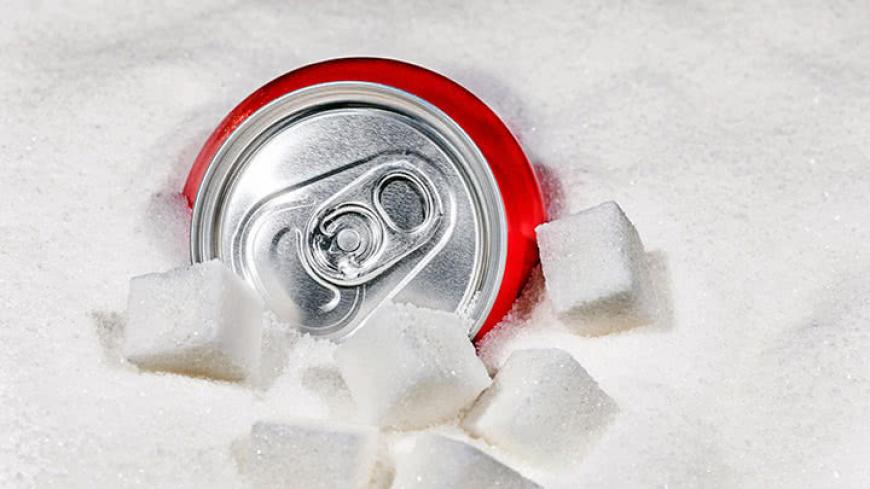
A decades-long campaign involving classic advertising, targeting youth, fighting taxes, influencing research, and obscuring facts? Sounds like a story we’ve already seen played out when we lifted the veil on Big Tobacco. This, however, is Big Soda—whose main players include The Coca-Cola Company and PepsiCo—and their tactics are all too familiar.
Today, we face an added sugar crisis. Sugar consumption has increased by 30% in the last 30 years. The average American adult consumes 22 teaspoons of added sugar a day, and American children consume 32 teaspoons—way above the World Health Organization’s six teaspoon recommendation. According to the latest Federal Government Dietary Guidelines, soft drinks currently represent 25% of Americans’ sugar intake, and sugar-sweetened beverages in general (including sports drinks and juice) represent 39% of our sugar consumption. Just one 12-oz can of coke has 9.5 teaspoons of sugar.
Why is soda so bad for us?
As the largest source of added sugars in the American diet, soda is a major contributing factor to a host of medical conditions. High amounts of sugar can lead to weight gain, diabetes, heart disease, teeth and bone damage.
The more soda a person drinks, the greater the chance that he or she is overweight. “People who drink this ‘liquid candy’ do not feel as full as if they had eaten the same calories from solid food and do not compensate by eating less,” said Harvard researchers.
“People who drink this ‘liquid candy’ do not feel as full as if they had eaten the same calories from solid food."
"I know of no other category of food whose elimination can produce weight loss in such a short period of time," said Dr. David Ludwig, director of the New Balance Foundation Obesity Prevention Center at Boston Children's Hospital.”
Science also shows that excess sugar consumption can affect cognitive function. UCLA scientists discovered that if your diet doesn’t have a sufficient amount of Omega-3 fatty acids to balance a diet high in sugar, your ability to learn and remember information will suffer. In their study, two groups of rats were fed a sugared solution for six weeks. The rats that didn’t receive Omega-3 fatty acids to offset the high glucose amounts significantly underperformed in a maze.
There are also claims that sugar has similar effects on our brain that drugs like cocaine do. In fact, Coca-Cola was initially made with cocaine, so it isn’t that much of a stretch. Sugar activates the rewards system in our cerebral cortex and releases dopamine, producing a good feeling. Too much sugar and it can create an addiction, similar to drugs and alcohol.
If we know soft drinks are so bad for us, why are they still so popular? Here are ten ways that Big Soda got us to overlook damaging statistics and continue consuming sugary beverages.
1. They told us that physical inactivity was to blame for obesity
The soda industry successfully shifted the obesity conversation away from diet and on to exercise. They argue that the high obesity rates today are attributed to Americans becoming more sedentary and not moving as much as they used to. The solution, according to them, is exercise—not making changes to our diets.
To ingrain the misconception that exercise is the cure-all for obesity and diabetes, Coca-Cola proclaims on their website: “There is increasing concern about overweight and obesity worldwide, and while there are many factors involved, the fundamental cause in most cases is an imbalance between calories consumed and calories expended.”
This theory formed the basis for Coca-Cola’s short-lived and controversial Global Energy Balance Network (GEBN). GEBN proclaimed that the cause of obesity was a discrepancy between “energy in” (the amount of calories consumed) and “energy out” (calories burned in physical activity). The nonprofit disbanded at the end of 2015, less than two years from its formation, after it was revealed that Coca-Cola paid University of Colorado researchers $1 million to promote these ideas.
While it’s true that exercise is important in leading a healthy lifestyle, it doesn’t have a major impact on our waistlines. A year-long study conducted in 2007 followed sedentary, overweight adults as they started a regular exercise regimen. Without making any changes in diet, men had lost an average of 3.5 pounds by the end of the year, and women only 2.5 pounds. Similarly, Loyola University released a report in 2015 that argued that unless you are exercising well above the recommended daily activity levels, the only way to lose weight is by cutting calories.
Even fitness experts, who would normally love pro-exercise arguments, have told us that resting the weight of obesity on physical activity is unrealistic. Crossfit Founder Greg Glassman actively opposes Coca-Cola’s pro-exercise programs, saying that if people believed that exercise is the solution to obesity, then what he was promoting at Crossfit was akin to “medical malpractice.”
2. They funded pro-soda and pro-sugar research
Big Soda supports their pro-exercise argument by funding research studies to ensure that they have “science-backed” claims. Just last year, the Mayo Clinic published a Coca-Cola-funded report that claimed “the American diet is no longer a significant risk factor for disease for most individuals.”
Most importantly, Big Soda rests on a decades-long pro-sugar campaign. It was only this year that we learned from the University of California San Francisco that the sugar industry manipulated research on the causes of heart disease. After research emerged in the 1950s that connected sugar to heart disease, the Sugar Research Foundation sponsored a 1965 Harvard University literature review that downplayed sugar’s risk factors. Instead, researchers shifted the blame to fats, shaping public misperception of heart health for decades.
Researchers shifted the blame to fats, shaping public misperception of heart health for decades.
In addition, the sugar industry influenced dental health research, particularly in the 1970s. Sugar-funded research and campaigns focused attention on fluoride toothpaste and other measures to prevent tooth decay, rather than urging people to lower sugar consumption.
The current president of the Sugar Association has said that sugar doesn’t cause obesity—that it’s a “slippery slope” to connect the two. Current PepsiCo CEO Indra Nooyi has made similar remarks: “We have to approach this as a complex problem that requires a multifaceted solution, as opposed to a simple solution such as tax the company or make bans happen.”
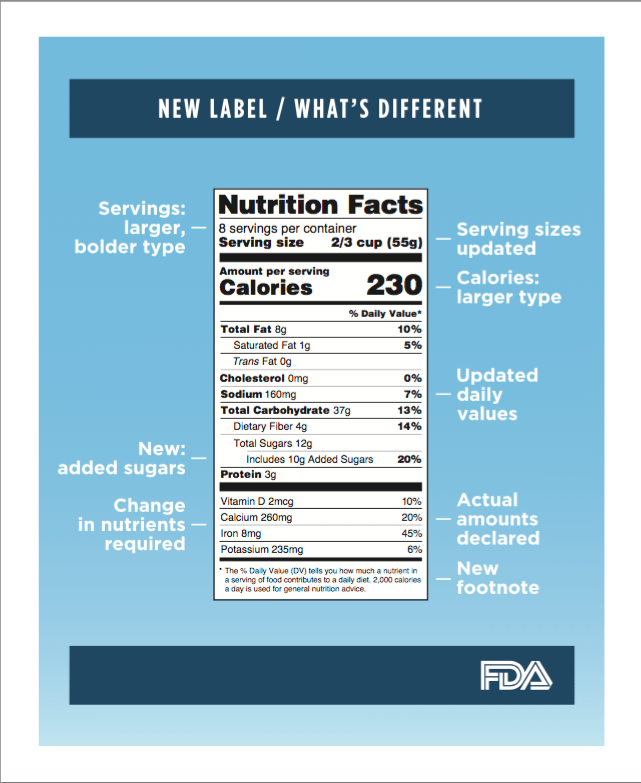 Misperception of sugar comes all the way from the top. The federal government didn’t provide recommendations on sugar consumption until this year. (Now they suggest sugar should be less than 10% of your daily calories.)
Misperception of sugar comes all the way from the top. The federal government didn’t provide recommendations on sugar consumption until this year. (Now they suggest sugar should be less than 10% of your daily calories.)
To make Americans more aware of the sugar they consume, the FDA unveiled new nutrition labels that will take effect in July 2018. The new labels break out added sugars and list the percentage of your daily recommended sugar intake.
Not surprisingly, the Sugar Association released a statement protesting the new guidelines: “We are concerned that the ruling sets a dangerous precedent that is not grounded in science, and could actually deter us from our shared goal of a healthier America.” They go on to argue that adding another category to the labels and fixating on one dietary aspect “may undermine consumer efforts to have healthier diets.” The American Beverage Association (ABA) also believes the new label is unnecessary, but because soda companies are already addressing sugar concerns.
Though the new labels are a move in the right direction, many health advocates argue that the FDA should stop measuring sugar in grams and instead use teaspoons, of which Americans have a better understanding. Tina Rosenberg writes in an op-ed for The New York Times, “In general, the industry has been able to make nutritional labels as feeble and confusing as possible. It’s hard to tell what’s a little and what’s a lot.”
3. They influenced health groups, researchers, and dietitians
In addition to funding pro-soda and sugar research, Big Soda also pays health professionals outright to make statements supporting them. This is especially common when legislators propose soda taxes. Kyle Pfister, a public health advocator, discovered that dieticians were tweeting against the soda taxes, using hashtags like “#partner” and “#advisor” to allude to their connections with the soda industry (like the one below).
Interesting indeed! When stores pay soda taxes we all cover those costs in higher prices for our groceries. #sodatax @cartchoice #advisor https://t.co/tKmMkdwT8q
— Robyn Flipse (@EverydayRD) October 5, 2016
But their influence goes much deeper than just paying for endorsements here and there. A study from the American Journal of Preventive Medicine reported that Coca-Cola and PepsiCo financially supported nearly 100 health organizations between 2011 and 2015, including, ironically, the American Diabetes Association and the American Society for Nutrition.
Though they are one of the leading causes of obesity, soda companies are completely woven into the fabric of our health and wellness organizations.
Rhona Applebaum, Coca-Cola’s chief scientist and health officer stepped down in November 2015, after leaked emails between Applebaum and University of Colorado professor James O. Hill showed just how biased the Global Energy Balance Network’s health recommendations were.
Soda companies are completely woven into the fabric of our health and wellness organizations.
Applebaum allegedly told Hill that the GEBN researchers had to cooperate with the soda industry—"that is non-negotiable." It was also leaked that Hill wrote to another Coke executive, stating: "I want to help your company avoid the image of being a problem in peoples' [sic] lives and back to being a company that brings important and fun things to them.”
In June 2016, Dr. Barbara Bowman, director of CDC’s Division for Heart Disease and Stroke Prevention, resigned after leaked emails showed she was collaborating with Coca-Cola executives. Emails revealed her offering executive Alex Malaspina help connecting with the World Health Organization (WHO), which had previously given Coca-Cola the cold shoulder.
In some cases, soda companies have hired public health officials who previously fought against them. PepsiCo hired Dr. Derek Yach, a public health advocate who worked for WHO and led their fight against tobacco, as director of PepsiCo’s global health policy. Yach argued that he wanted to make change from within. However, critics (like Soda Politics author Marion Nestle) argued that this move only lended more credibility to PepsiCo.
4. They created fake grassroots movements to fight soda taxes
To fight obesity, 33 states have passed some form of a soda tax. However, the tax amounts are generally small enough not to affect consumption levels. When communities have come together to propose higher soda taxes and restrictions, the industry has reacted with a force equal to Big Tobacco lobbying.
In New York City, Mayor Bloomberg witnessed this firsthand when he proposed the Soda Cap, prohibiting the sale of sugary beverages 16 ounces or larger. This measure ignited the soda-backed grassroots movement. New Yorkers saw anti-soda cap propaganda from what appeared to be community-based organizations (e.g., “New Yorkers against Soda Cap”), but who were in fact created and supported by the soda industry.
To fight San Francisco’s Prop E soda tax in 2014, Big Soda created The Coalition for an Affordable City, which deceptively sounded like a community group fighting against the high cost of living. They hired non-residents to hold signs during “No-on-E” protests, and even published the names of many companies who opposed the tax that were actually in favor of it.
San Francisco’s Prop E didn’t pass, but when taxes and amendments are approved they are immediately challenged in court by the American Beverage Association. After the New York soda cap was approved by the NYC Board of Health, it was defeated in the New York Supreme Court in June 2014.
Though hailed as a success story, Philadelphia is now battling the ABA over their Sweetened Beverage Tax. Revenue from the tax, which is the highest in America at 1.5 cents per ounce, goes towards pre-K programs, parks, and rec centers. The ABA argues that it’s double taxation and therefore unconstitutional. It is still unclear if the tax will take effect in 2017 as planned.
"They hired every lobbyist in America—some from the moon."
Big Soda spent $10 million to fight the tax in Philadelphia alone, and it has spent $67 million nationwide to fight similar legislation. In an interview with The New York Times, Philadelphia Mayor Jim Kenney tried to make light of the fierce battle with Big Soda, noting that “they hired every lobbyist in America—some from the moon.”
5. They pushed stevia-sweetened sodas—the new “healthy cigarette”
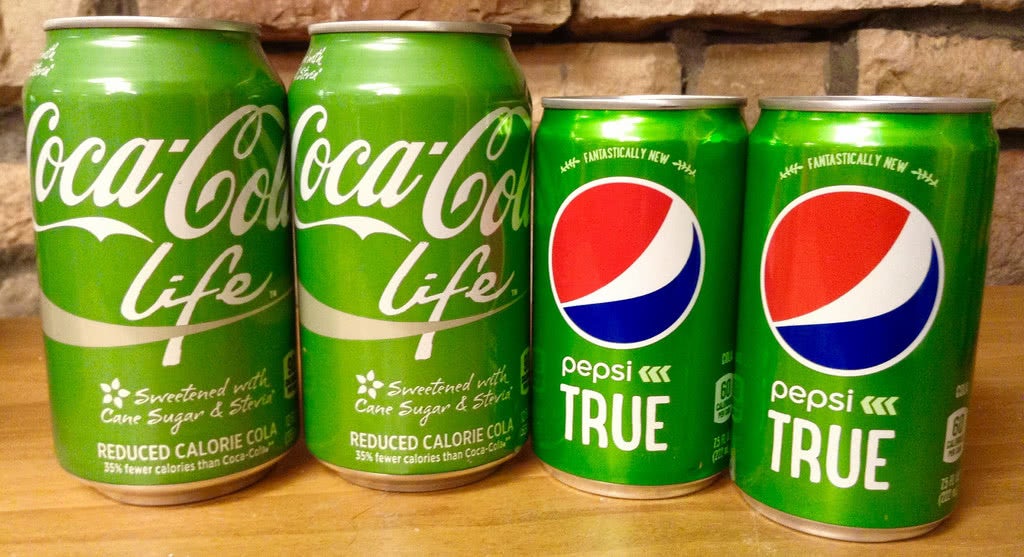 Coca-Cola and Pepsi’s diet sodas have long been the industry’s answer to sugar critics. Though lower in sugar and calories than regular cola, the ingredients in these beverages don’t fit the healthy banner they sit under.
Coca-Cola and Pepsi’s diet sodas have long been the industry’s answer to sugar critics. Though lower in sugar and calories than regular cola, the ingredients in these beverages don’t fit the healthy banner they sit under.
Coca-Cola Life and Pepsi True, which were both introduced in the U.S. in 2014, are packaged in green cans and marketed for their low-calorie natural sweetener, Stevia. Both companies have been criticized for their claims about how “natural” Stevia is, which they support with advertisements that feature plants and the color green.
Stevia sweetener, which is derived from the Stevia plant, doesn’t just fall off the plant like the ads suggest. It is significantly processed.
A class action lawsuit against stevia argued that, “A reasonable consumer would not consider food products containing unnaturally processed, synthetic substances… created via chemical processing to be ‘all-natural.'”
Furthermore, critics argue that the green, natural images Coca-Cola and PepsiCo project with these products lead consumers to believe (wrongly) that they are healthy. But Pepsi True contains 3.2 teaspoons of sugar in its small 7.5-ounce can, while Coca-Cola Life has a whopping six teaspoons of sugar for every 12-ounce can.
Queensland University of Technology’s Professor Amanda Lee said, "It reminds me of the stage we were up at 30 years ago when manufacturers were making healthy cigarettes. I'm worried, it's trying to make a product that's intrinsically unhealthy, healthy."
(Click below for Part 2.)
6. They marketed sugary sports drinks and juices as “healthy”
Even Coca-Cola and Pepsi’s suite of healthier beverage options, like sports drinks and fruit juice, pack more than your daily amount of added sugars. Despite this, soda companies continue to offer these products as alternatives for healthy-minded consumers, with PepsiCo going so far as labeling some of the drinks as “good-for-you” brands on their website.
Keeping WHO’s recommended 6 teaspoon daily amount of added sugar in mind, here’s how some of Coca-Cola and Pepsi’s “healthy” beverages stack up:
- Oceanspray Cranberry: 15.2 oz bottle; 10.6 teaspoons of sugar
- Izze Sparkling Juice: 16 oz bottle; 7.8 teaspoons of sugar
- Powerade: 20 oz bottle; 6.8 teaspoons of sugar
- Gatorade Lemon-Lime: 20 oz bottle; 6.8 teaspoons of sugar
- VitaminWater: 20 oz bottle; 6.4 teaspoons of sugar
According to Coca-Cola, “no consumer could reasonably be misled into thinking Vitaminwater was a healthy beverage.”
The added sugars aren’t the only problem; the advertising of their health benefits are as well. Coca-Cola was sued in 2009 for marketing VitaminWater as healthy. Their labels used to boast claims like “vitamins + water = all you need” and “this combination of zinc and fortifying vitamins can…keep you healthy as a horse.” During the litigation process, Coca-Cola said that “no consumer could reasonably be misled into thinking Vitaminwater was a healthy beverage.”
PepsiCo faced a similar lawsuit in October 2016 from the Center for Science in the Public Interest. The lawsuit argues that Naked Juice’s labels are misleading because they state the juice predominantly contains “high-value ingredients such as acai berry, blueberries, kale, and mango, when in fact the predominant ingredient in the product line is usually cheap, nutrient-poor apple juice.”
7. They used greenwashing to oversell their environmental image
Unlike Big Tobacco, Big Soda still maintains a largely positive reputation. They position themselves as socially responsible companies, collectively supporting issues like the environment, safe water supply, exercise, and even female entrepreneurs. Take a look at their advertising or annual social responsibility reports, and you’re left with a positive feeling about the soda industry.
“It is easier and less costly to change the way people think about reality than it is to change reality.”
Both Pepsi and Coke have been accused of using “greenwashing” though (presenting a false environmentally responsible public image), to sell their products. As Sharon Beder, professor at the University of Wollongong, said, “It is easier and less costly to change the way people think about reality than it is to change reality.”
Coke and Pepsi both promote “plant bottles”—bottles made partially from plant materials—as a sustainable leap forward. Ads promoting the technology emphasize the natural components of the bottle: In one Coca-Cola ad, coke bottles were portrayed as budding flowers.
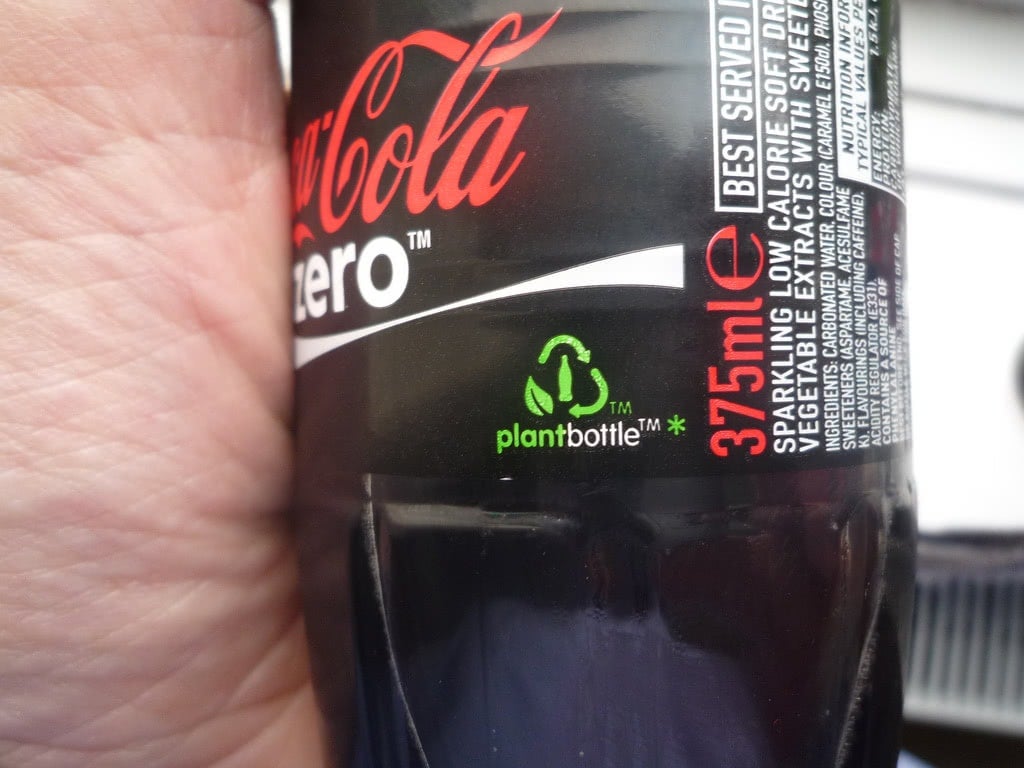 Critics argue that the plant bottle ads and environmental claims are misleading. Though made partially from renewable sources, once manufactured they are still plastic, with the same environmentally harmful characteristics as plastic made from petroleum. “They're just using plants to make the same polymers you find in other plastics. It has zero effect on plastic pollution," says Marcus Eriksen, a marine expert.
Critics argue that the plant bottle ads and environmental claims are misleading. Though made partially from renewable sources, once manufactured they are still plastic, with the same environmentally harmful characteristics as plastic made from petroleum. “They're just using plants to make the same polymers you find in other plastics. It has zero effect on plastic pollution," says Marcus Eriksen, a marine expert.
Experts also worry that since soda companies tout its plant-based technology, people will assume they are biodegradable and not recycle the product. A complaint was filed in Denmark against the company for this misleading environmental claim.
Other ways that Coca-Cola and Pepsi appear to be model global citizens are through their water replenishment campaigns. In August this year, Coca-Cola widely proclaimed that they replenished all of the water they used in 2015. If you look closer though, they only replenished the water that goes directly into the product—they don’t account for the 150 billion gallons of water used in manufacturing plants or to grow their sugar cane.
Furthermore, it diverts attention from the fact that they are monopolizing and contaminating the water supplies in rural communities abroad. Though Coca-Cola boasts they will provide safe water to four million Africans by 2020 through their Replenish Africa Initiative, in some areas the company is the reason communities don’t have access to safe water to begin with. In 2004, a Coke bottling plant was shut down by officials in the Indian state Kerala because of water contamination and limited water supplies for locals.
8. They created a false, socially responsible reputation
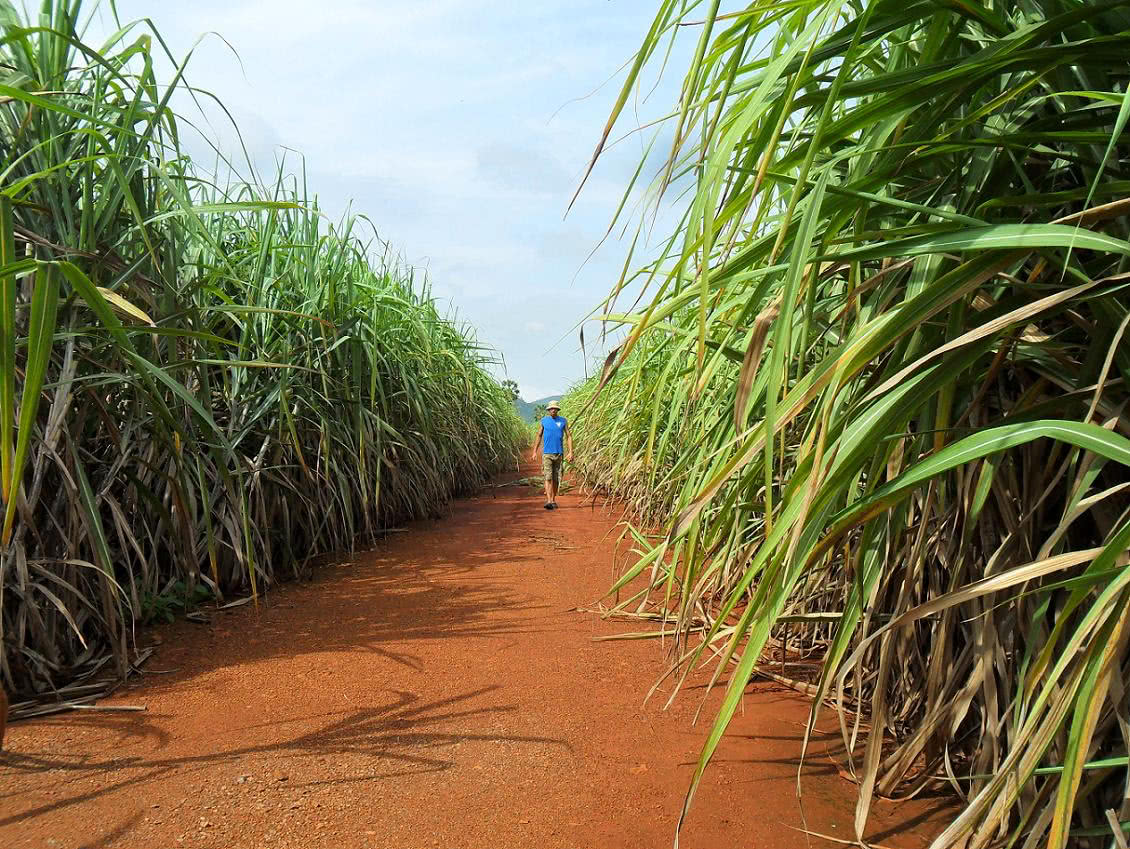 Coca-Cola's classic ads promote an image of global interconnectedness, like “I’d like to buy the World a Coke,” and their “Small World” vending machines promoting peace between India and Pakistan. However, in addition to misleading environmental claims, the soda industry inaccurately represents their humanitarian work abroad.
Coca-Cola's classic ads promote an image of global interconnectedness, like “I’d like to buy the World a Coke,” and their “Small World” vending machines promoting peace between India and Pakistan. However, in addition to misleading environmental claims, the soda industry inaccurately represents their humanitarian work abroad.
Both companies’ 2020 goals emphasize human rights worldwide; Coke even has an ambitious goal to provide 5 million female entrepreneurs across 40 countries with training and financial support. However, a responsible brand scorecard from Oxfam shows they still have some work to do. As of April 2016, Oxfam only gave Coca-Cola a score of 40 and Pepsi a 34 (out of a possible 70) for their work supporting land, women, farmers, water, transparency, climate, and workers.
Oxfam’s biggest concern with the industry is that they purchase sugar from suppliers responsible for land grabs in Latin America, Southeast Asia, and Africa. Oxfam reports that in the past decade, land the equivalent of four times the size of Portugal has been taken from locals and sold to foreign investors. This practice pushes locals out of the area and leaves them impoverished.
In addition, both companies have been accused of supporting unethical labor practices. Coca-Cola was the primary customer of sugar harvested by child labor in the Philippines, and in July 2015, PepsiCo was linked to child labor in Jakarta.
Oxfam predicts that sugar production will rise 25% by 2020. As some of the largest sugar purchasers in the world, Big Soda has a responsibility to promote ethical farming and labor practices.
9. They targeted the poor in the U.S. and abroad
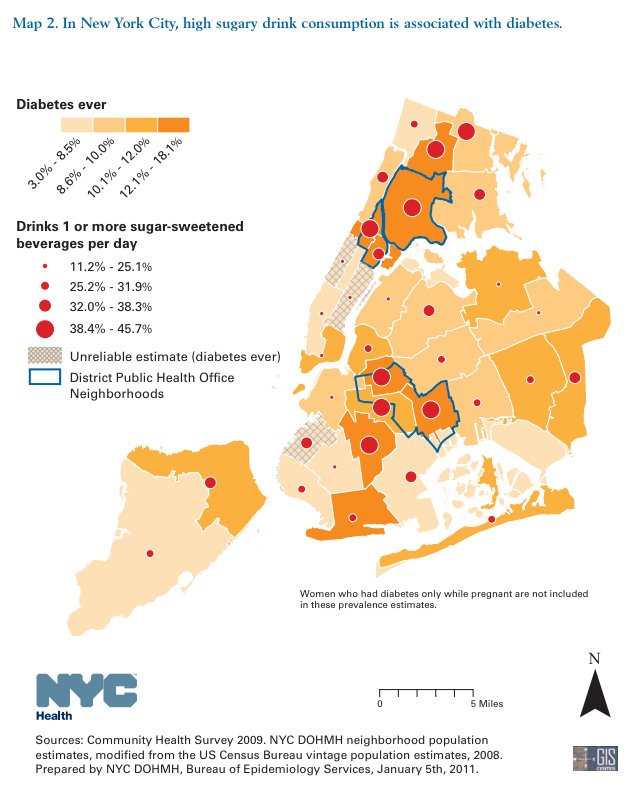 In addition to exploiting developing countries with unethical labor and farming practices, Big Soda recognizes that these areas are their last hope for maintaining soda profits.
In addition to exploiting developing countries with unethical labor and farming practices, Big Soda recognizes that these areas are their last hope for maintaining soda profits.
Historically, lower-income populations buy more soda than the wealthy and middle classes, leading to higher obesity and diabetes rates in areas that can ill-afford the medical costs. When researching the Soda Cap, the New York City Health Department discovered that the neighborhoods that drank the most soda were typically in lower income areas and also had the highest obesity and diabetes rates in the city: Bed Stuy-Crown Heights and South Bronx topped the list.
Big Soda knows this and tries to further exploit their largest demographic by claiming that soda taxes hurt the poor by making the beverages more expensive. Studies have found though that when soda taxes are passed they cause a dip in consumption in these neighborhoods, achieving the intended public health benefit. Barry Popkin, a nutrition professor for the University of North Carolina, told NBC news, "The poor don't pay the soft drink tax—they stop drinking it.”
“The poor don’t pay the soft drink tax—they stop drinking it.”
As more Americans begin to cut back on sugary beverages, Big Soda is now targeting developing nations to close their profit gap. A report from the Center for Science in the Public Interest predicted that 70% of soft drink sales will soon be in emerging markets (like China, India, Mexico, etc.).
Big Soda’s effects are already being felt in these parts of the world. In 2013, the Harvard School of Public Health reported that worldwide, 180,000 obesity-related deaths (from diabetes, heart disease, or cancer) were linked to sugary beverages. Low- and middle-income countries represent 78 percent of these deaths, with Mexico suffering the most and the U.S. ranking third.
As expected, the American Beverage Association dismissed the report, saying that it “is more about sensationalism than science.”
10. They created lifelong customers by advertising to kids and teens
Above all though, the audiences who are most susceptible to Big Soda advertising are children and teens—and soda companies have a long history of targeting them specifically.
In an interview with Dr. Joseph Mercola, Soda Politics author Marion Nestle explains the 1990s practice of soda companies formed “Pouring Rights” contracts with schools. In exchange for school districts and universities selling their company’s product exclusively and putting vending machines around their campus, they received millions of dollars in school funding. Even elementary schools were “coke” schools or “pepsi” schools.
Though these contracts are generally only found at the high school or university level now, Coke and Pepsi still provide schools with branded athletic jerseys, scoreboards, etc., helping to cement brand loyalty at a young age.
The industry also hooks their youngest demographic in by bombarding them with ads. In 2013, Yale Rudd Center for Food Policy and Obesity found that Big Soda spent four times the amount they spent on water and juice advertising to market their unhealthy beverages, totaling $866 million. Even more alarming, black and Hispanic youth saw more than twice as many advertisements for soda and other sugary beverages than white youth.
Coca-Cola plans to stop marketing to children under the age of 12 by 2020. In their sustainability report, Pepsi states that 100% of their ads are responsible, and that they only market their “most nutritious products” to children. According to the Yale study though, Pepsi increased their advertising for every youth demographic between 2010 and 2013. Preschoolers saw 39% more ads for sugary drinks, 6 to 11-year-olds saw 25% more ads, and teens saw 146% more ads in 2013 than 2010.
“Despite promises by major beverage companies to be part of the solution in addressing childhood obesity, companies continue to market their unhealthy products directly to children and teens,” Jennifer Harris, lead author of the report, said.
If Big Soda’s ongoing contribution to the obesity epidemic is to be stopped, it has to end here with youth advertising.


